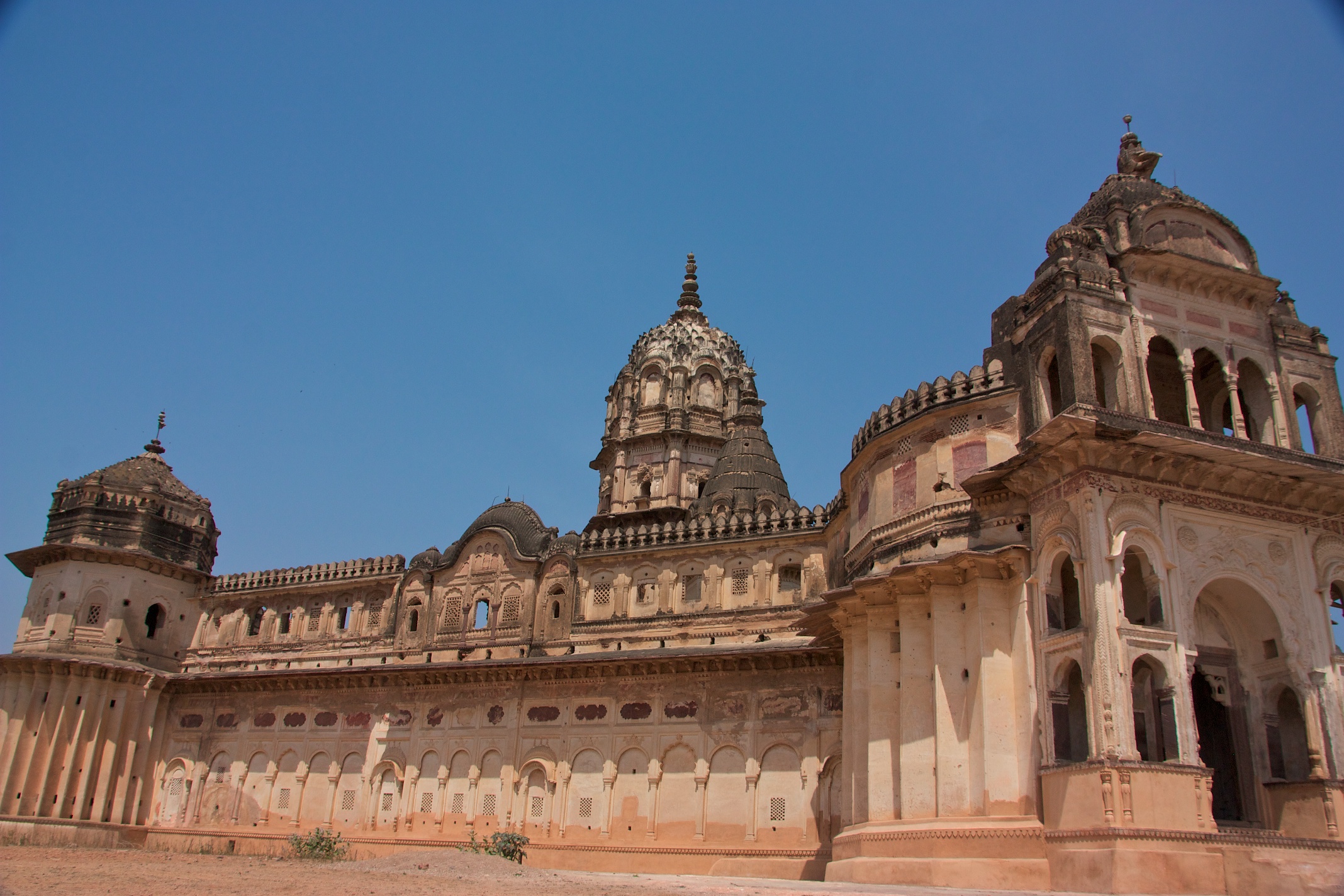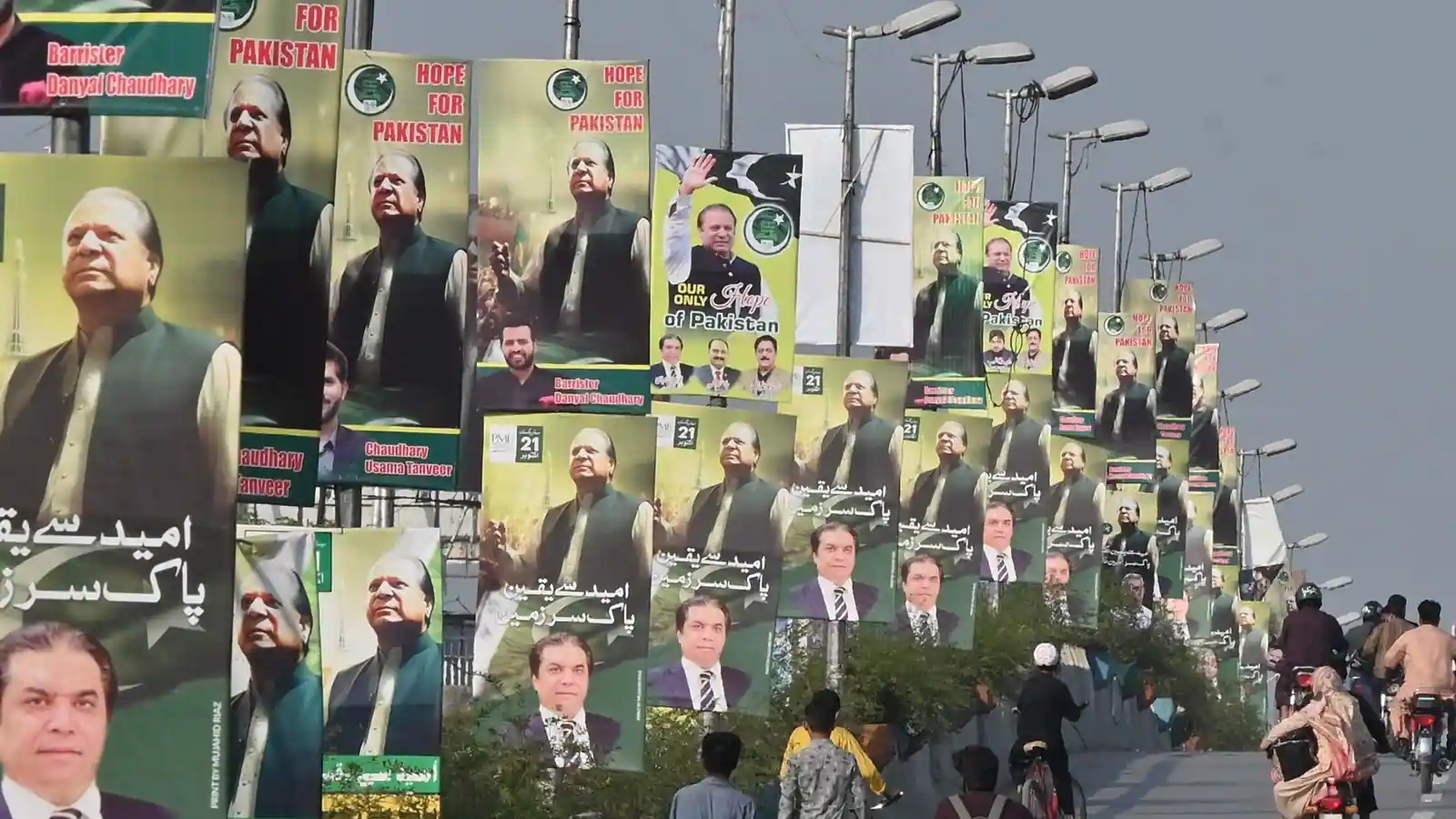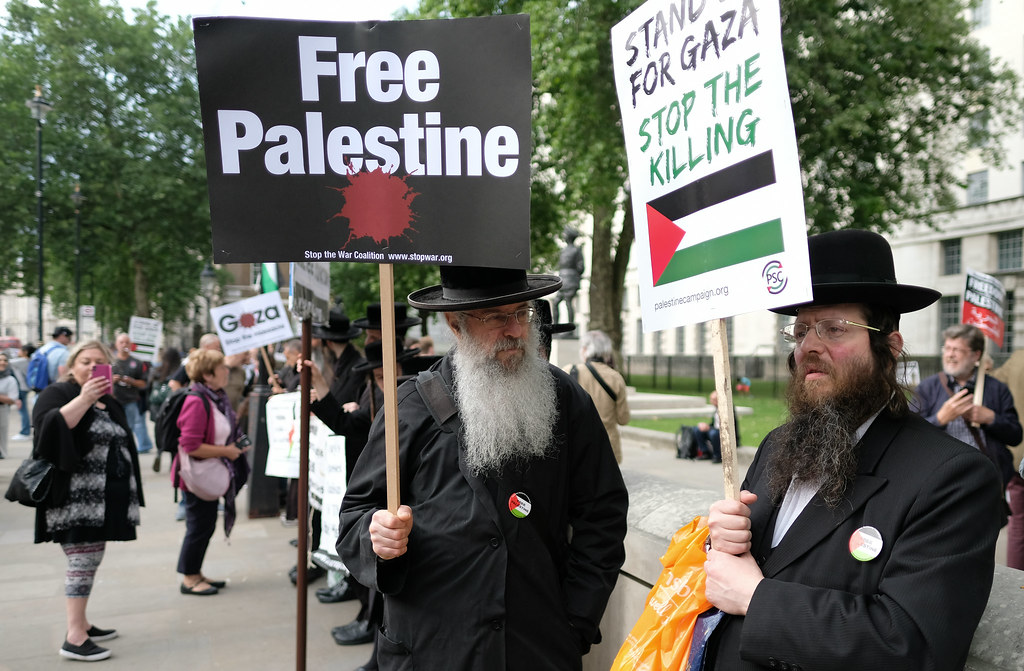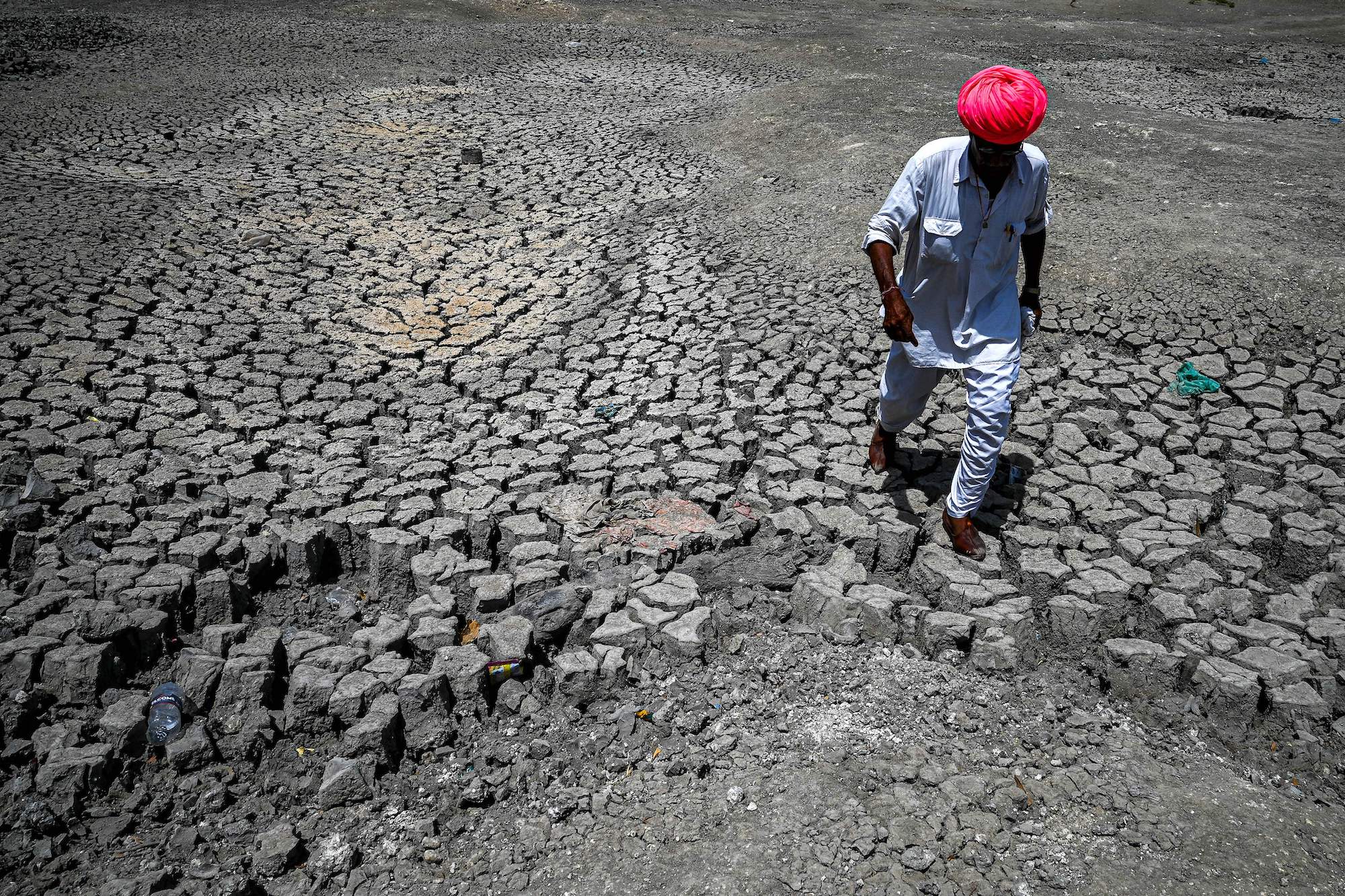The Bhartiya Janata Party (BJP) has elevated the Ram temple issue to the top of its campaign platform once more as the state of Madhya Pradesh gets ready for the next elections. Union Home Minister Amit Shah, a mainstay of the party, began a three-day trip to the state on October 28 and did not hold back while ridiculing the Congress for its previous doubts about the BJP’s commitment to constructing the Ram temple.
At an electoral rally in Chhindwara, Shah claimed with confidence that the Ram Mandir’s consecration date had been fixed and posed a rhetorical question to Congress leader Rahul Gandhi, asking, “Now, what do you have to say?” Though it hasn’t directly responded to Shah’s remarks, the Congress has objected to the BJP’s usage of images from the Ayodhya Ram Mandir in its election posters. The party has complained about this usage to the Election Commission, stating that it is improper.
In the election-bound state of Madhya Pradesh, billboards and posters depicting the Ram temple in Ayodhya have been put up. “Bhayya Ram Mandir bankar ho raha hai taiyyar, fir iss baar BJP Sarkar” (A magnificent Ram temple is being prepared; this time there will be a BJP administration again) is written on these posters. It’s interesting to note that Amit Shah’s three-day tour fell within the odd timing of these posters’ unexpected debut across the state, raising questions regarding their release.
But it appears that the BJP’s attempts to use the Ram temple controversy to incite religious fervour among Madhya Pradesh voters have failed. Unlike what the party had anticipated, the Ram temple controversy isn’t connecting with voters and hasn’t successfully galvanised the party’s base.
The political climate in the state appears to be apathetic towards the Ram temple issue for a number of reasons. First of all, ethnic politics cannot eclipse the urgent secular issues of this election, which include rising prices, corruption, and unemployment. The Congress has wisely acknowledged the significance of these issues and has been concentrating on them since they perceive public opinion to be shifting in their party’s favour on these fronts.
Second, the Mandal versus Kamandal narrative has been rekindled by the Congress’s pledge to carry out a caste census, leading Other Backward Castes (OBCs) to prioritise caste over religion. In this election, caste has become a more prominent topic, and the two main parties, the Congress and the BJP, have shown a great deal of sensitivity to this story. OBC candidates, who make up about 50% of the state’s population, have been given more than 27% of the seats.
Thirdly, any majoritarian triumphalism centred around the Ram temple would be difficult to sustain given the small and dispersed Muslim minority in Madhya Pradesh. This has lessened the state’s Ram temple controversy’s electoral significance.
But the Congress’s cunning plan is the most significant element behind the BJP’s difficulties with the Ram temple issue. The party has used the rival’s religious iconography with equal ardour, thus neutralising the BJP’s Hindutva narrative. While employing this tactic, Madhya Pradesh Congress president Kamal Nath has come under fire from several Congressmen. However, it has been quite successful in reducing the BJP’s historical edge in Hindutva politics.
Being Hindu has been publicly accepted by Kamal Nath, who has made it a major part of his political identity. He even directed the building of a 101-foot statue of Lord Hanuman at Chhindwara. He has openly professed his devotion to God. His assertive interaction with contentious religious personalities, like Katha vachak Pandit Pradeep Mishra and Bageshwar Dham’s chief priest Dhirendra Shastri, who publicly support the creation of a Hindu Rashtra, further obfuscates the distinction between the Congress’s and the BJP’s interpretation of Hindutva.
The Congress is trying something new this time around: portraying itself as the better defender of Hindu interests than the BJP. The BJP’s incapacity to depict the Congress as anti-Hindu indicates that this experiment seems to be working well for the Congress.
The use of images of Ram temples in election campaigns has sparked a verbal spat between leaders of the BJP and Congress. Chief Minister Shivraj Singh Chouhan claimed that the nation cannot run without Lord Rama and accused the Congress of protesting to the Election Commission about the use of images and hoardings from the temple dedicated to the Lord. Congressman Digvijaya Singh retorted that he was a “good Hindu” and that Chief Minister Chouhan had not contributed as much money to the Ram temple as he had. Additionally, he reminded everyone that it is forbidden to exploit religion in elections.
Moreover, Union Home Minister Amit Shah’s remarks about the Ram temple have made it clear that the BJP is determined to highlight this issue in the Madhya Pradesh elections. In the upcoming months, Shah declared that the state would celebrate Diwali three times: on the day of the festival, on the day of the results of the state poll, and on the day the temple in Ayodhya is dedicated in January 2024.
Even though the BJP has always focused on the Ram temple, the state of politics in Madhya Pradesh right now might not provide the party with the intended outcome. The Congress has changed the political environment in the state by strategically using religious symbolism and emphasising urgent secular issues. Previous opinion polls had predicted a narrow victory for the Congress over the BJP, but the most recent study shows that the Congress received 46% of the vote to the BJP’s 43%. After the candidates for both parties were announced and the battle lines were established, this survey was carried out.
In conclusion, the BJP will continue to use the well-known but ineffective Ram temple issue in the Madhya Pradesh elections. The Ram temple issue may not give the BJP the edge they had hoped for because of the changing political circumstances in the state, where the Congress has successfully countered the BJP’s Hindutva narrative.








